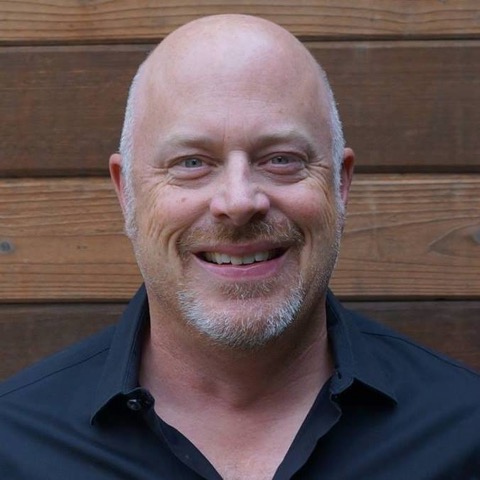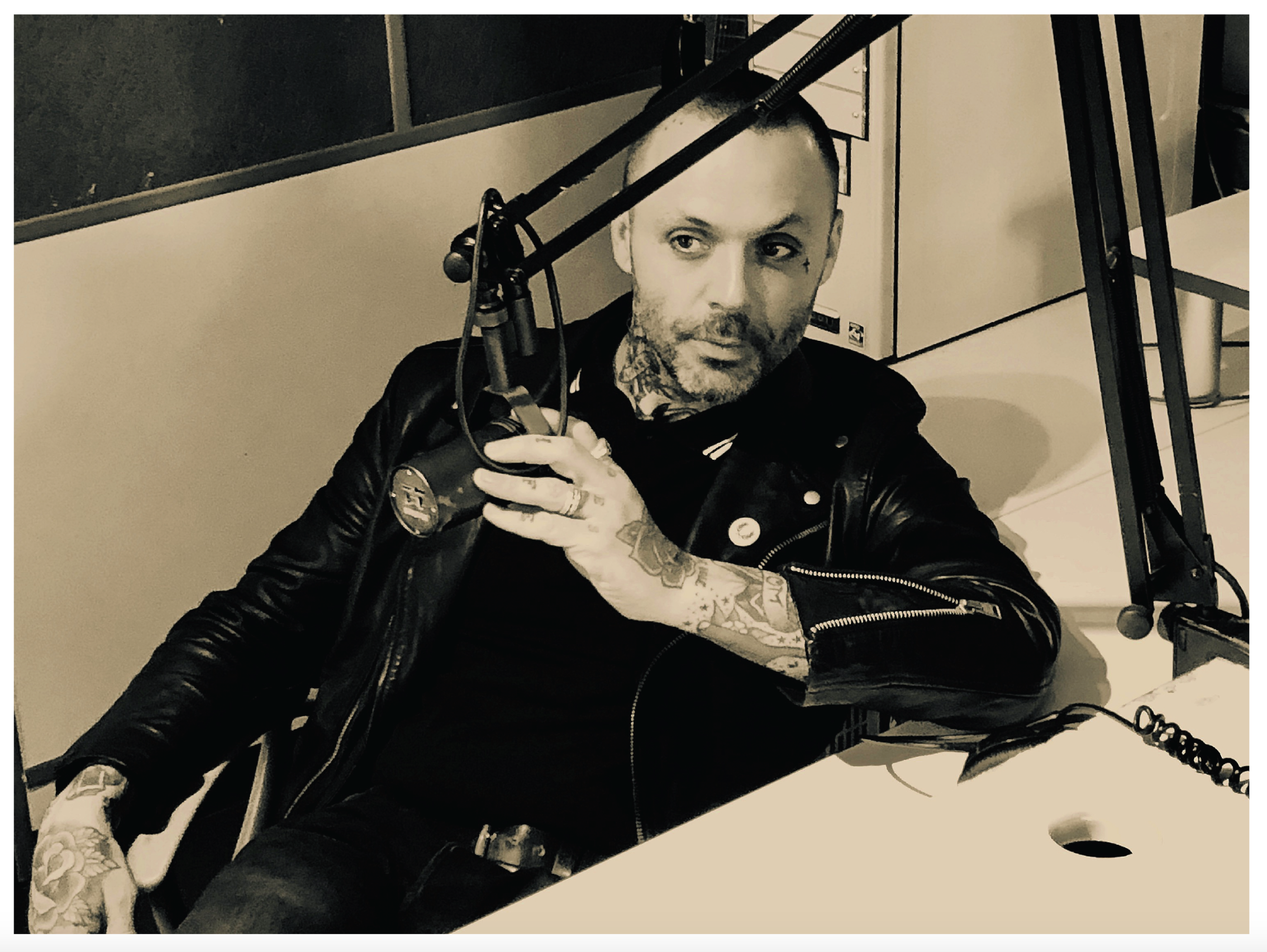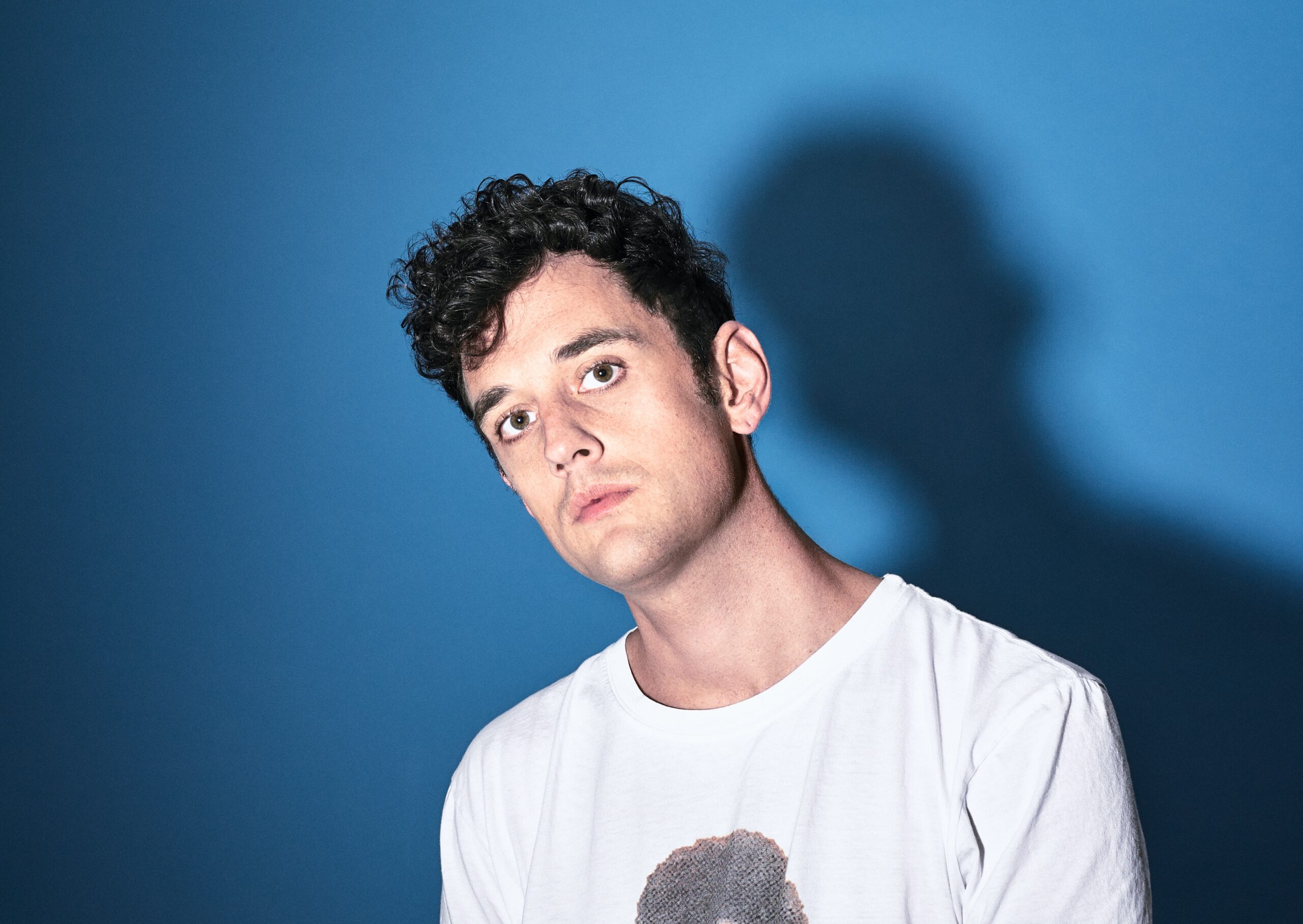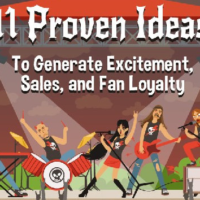Everyone’s Online Make The Most Of It
The following is a guest post by John Petrocelli the CEO and founder of Bulldog DM, a live streaming company focused on premium content.
Everyone’s Online. Make the Most of It.
Public life is beginning to open back up in parts of the United States, but we are still nowhere near life as we knew it several months ago. Many restaurants are only open at partial capacity if at all, and churches and live music venues are still largely closed. Most Americans—whether out of lack of alternative options or fear of getting sick—are still spending the vast majority of their time at home, with 85% of respondents to a recent Gallup survey saying that they continued avoiding public places.
Social distancing practices and performing arts venue shutdowns have spelled bad news for all kinds of touring musical artists and other performers, who’ve seen their anticipated revenue from event tickets and merchandise dry up for months, if not a year or longer. There’s no question that will have a huge impact on artists’ livelihood—but on a positive note, many artists have been able to reach larger audiences than ever before online. By working within those limitations, they may find compelling new ways to monetize their work.
A captive audience
As Americans were placed under stay-at-home orders across the country, many began to embrace a media format for music they’d never paid much attention to before: live streams.
Live streaming is exploding across every internet platform. On Twitch, users consumed 1.6 billion hours of live streams in April. The live music streaming platform StageIt jumped from a monthly average of just over $40,000 to $1 million in revenue in March. The number of Americans watching live streams on Facebook has increased by 50% since January, and Instagram Live views increased by over 70% from March to April. It’s been reported that 800 million people are watching live streams on Facebook and Instagram every day now. On Twitter, the number of tweets about live streaming events went up by 900% in Q1 2020.
All this data shows that there’s a big appetite for live streaming events. In fact, eMarketer predicts that nearly half of all internet users will live stream content in 2020.
Rather than budgeting for concerts and travel, consumers are focused on optimizing their experiences at home with high-definition television sets, surround sound speakers, and other electronics: Research group NPD found a 23% sales increase in consumer technology in April compared to the previous year.
Your audience is ready for you—as long as you’re willing to meet them at home.
What does that mean?
For artists, fans’ newfound interest in live streaming means that it’s easier than ever to connect with your audience without the hassle and expense of touring. Last month, musicians Jason Isbell and Amanda Shires performed a show to a nearly empty house at Nashville’s Brooklyn Bowl (capacity 1,200) in support of Isbell’s new album, Reunions. During the show, the venue’s bowling alley screens broadcast scenes of fans watching from their respective homes—and while the theatre may have been quiet, the “at home” audience was massive: Between live streaming and video-on-demand, the show has now been viewed more than 100,000 times.
While music industry experts anticipate that live music will make a comeback in the coming year, many venues will still be limited by state or county requirements. That means a hybrid approach may be the best way to maximize revenue potential: Companies including StageIt, Looped, and Side Door offer artists opportunities to sell tickets to live streamed concerts. Though many of these concerts are done from the artists’ own homes, they can also perform limited-capacity shows at larger venues with high quality live stream production.
How to monetize live streaming
For artists that want to capitalize on today’s attention economy, there are a number of ways to generate income through live streaming or hybrid streaming and live event models:
- Pay-per-play
Use a platform or software tool that enables you to sell digital tickets to your event, whether you’re performing at a live venue or at home. Some artists are even looking at “geofencing” their live streams to virtual attendees in specific geographic regions to give them an exclusive experience. In order to generate interest for the event, you might consider beginning with a free song as a teaser—you can utilize a large platform such as Instagram or Facebook Live to do this, then move to a premium platform for the rest of the show. - Upsell experiences
When performing the live stream, you can provide options to purchase even more personalized experiences for a limited group—for instance, an exclusive second set capped at 100 attendees, or a Q&A session for 20 people. You can also encourage viewers to follow links to purchase tee shirts and other merchandise from your online store, or even buy virtual gifs and themed emojis. - Provide access to classes
Some musicians are offering group or 1-on-1 classes—Ben Folds, for instance, offers “over the shoulder piano lessons” to share how to play his songs, and a songwriter’s master class workshop, both available to subscribers to his Patreon for $10 a month. - Perform personal shows
Some musicians are commanding higher rates to perform by setting up exclusive private concerts for a single household, as singer/songwriter Dar Williams has offered. Charge a set fee to broadcast directly to a fan’s home, and encourage them to turn on their video too. You’ll be able to play music, but also chat with them and answer questions they may have. - Offer a donation button
If you’d rather focus on building a large audience for your live stream, platforms like Facebook Live or Instagram Live will likely be your best bet to help you grow your audience base quickly. While there’s no way to “gate” the content on those platforms, you can set up a PayPal or Venmo donation button, so that fans can contribute your recommended donation or any amount that they prefer.
With any live streaming option, it helps to build a consistent schedule and then promote it regularly across all your social channels. You might even consider doing a (live or virtual) collaboration, in which you bring in another performer so that you can share and grow each other’s audiences.
Expect the leading social media platforms to continue to emphasize live streaming and create richer interactive and enhancement tools. Facebook is launching Venue and will include real time Q&A, polling, and chat. TikTok is making a major push into live streaming and recently hosted the Small Business Live festival from promoter Superfly Presents.
As audiences become more engaged in the possibilities of live streaming, they’re likely to continue paying for live streamed shows and experiences even after larger events are permitted. By building your online brand now and finding creative ways to monetize your work, you’ll be able to keep revenue coming in during the shutdown and to tap into a lucrative secondary income stream once it’s time to tour again.
—
You can learn more about Jonathan and Bulldog DM by visiting their website http://bulldogdm.com/








